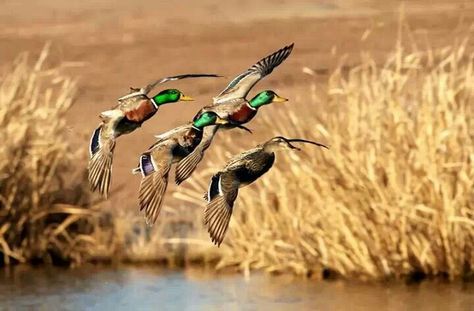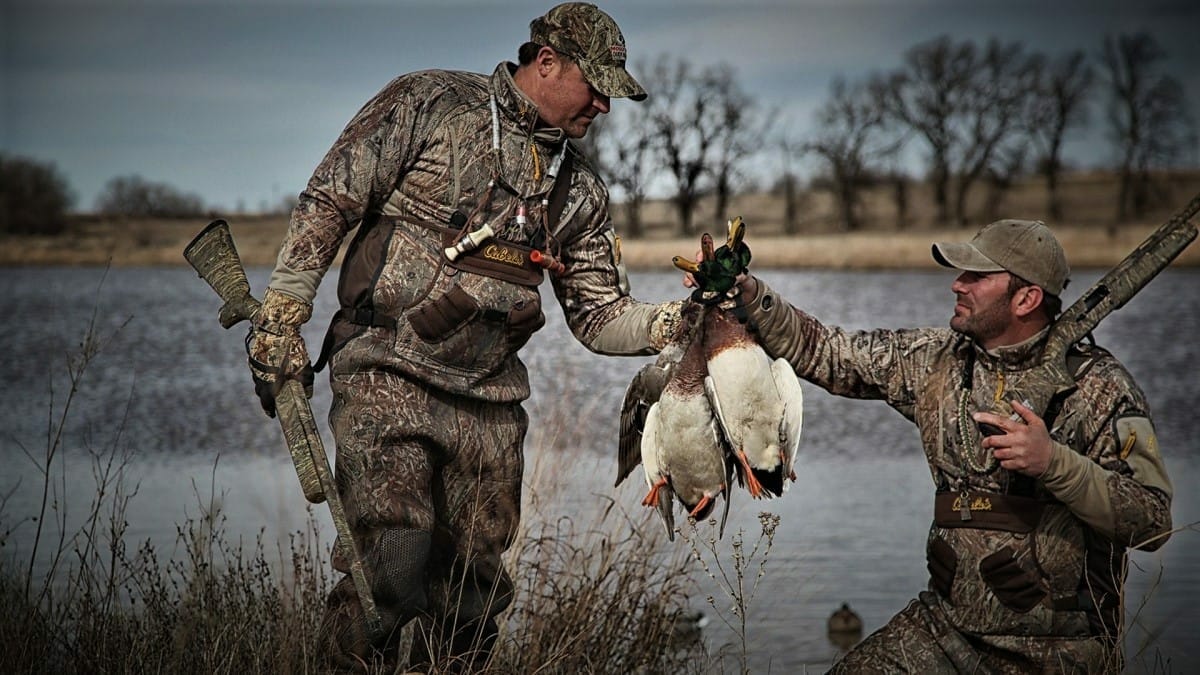
Duck Hunters Should Expect Older, Fewer Ducks This Fall
Duck hunters will likely see fewer and older ducks during this fall’s flight due to a severe drought that has impacted the prairie potholes in the Dakotas and southern Canada.
Dr. Johann Walker, the director of operations for Ducks Unlimited’s Great Plains office in Bismarck, North Dakota, and a renowned waterfowl biologist, confirms these predictions.
Walker emphasizes the severity of the drought in the Prairie Pothole region, which is known as a crucial area for duck production in North America.
The Dakotas, especially North Dakota, are experiencing widespread extreme drought conditions that have been worsening since winter when there was minimal snowfall. This is the driest the region has been in 25 years.
According to the national drought monitor, the Dakotas are facing exceptional drought, leading to cracked mud and dust in wetland complexes across an area the size of Texas that should be filled with shallow water and playing ducklings.
In these conditions, where do breeding ducks go?
Walker explains that some species will migrate farther north to find water, often ending up in the boreal forest of northern Canada. However, the boreal forest is not as productive as the prairie, resulting in fewer hatchlings and recruits to the fall flight. Nevertheless, some ducklings will still be hatched in these habitats. Other ducks will remain in the prairies and try their best to breed, even though some may forgo breeding altogether.

Duck populations are still strong.
Due to COVID restrictions, the U.S. Fish & Wildlife Service’s annual survey of breeding pairs, which has been conducted since 1955, was not conducted in the past two years. The most recent data available is from the 2019 waterfowl population status.
Waterfowl managers are currently relying on North Dakota Game and Fish’s breeding duck survey, which has been ongoing for 74 years. The survey, conducted despite COVID restrictions, revealed an 80 percent decrease in water indexes compared to 2020 and a 68 percent decline from the long-term average.
Mallards and pintails were particularly affected, with numbers down nearly 49 percent and 68 percent, respectively. However, gadwalls saw a 47 percent increase from 2020.
The number of ducks counted in the North Dakota survey was roughly 19 percent above the long-term average, providing a buffer for the fall flight. Nevertheless, this fall’s flight is expected to consist of older birds due to reduced hatchings.
Walker highlights that the season structures for this year have already been set using data from the 2019 survey. These structures are quite liberal, which may cause concerns for waterfowl managers.
Although it is too late for moisture to have an impact on prairie duck production, Walker remains optimistic about the resilience of intact habitat in the prairie pothole system. Wetland productivity tends to decline during extended wet periods, so drought can serve as a reset as long as the habitat remains intact.
Ensuring that the prairie pothole habitat, including nesting cover and wetland basins, remains preserved is crucial for the recovery of duck populations, regardless of harvest.

A skilled hunter, dedicated conservationist, and advocate for ethical practices. Respected in the hunting community, he balances human activity with environmental preservation.
